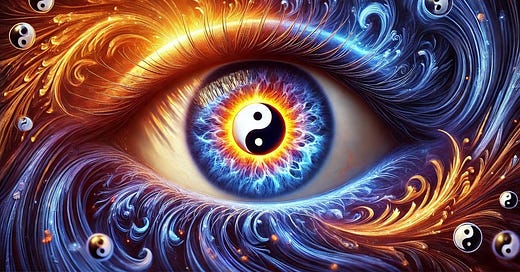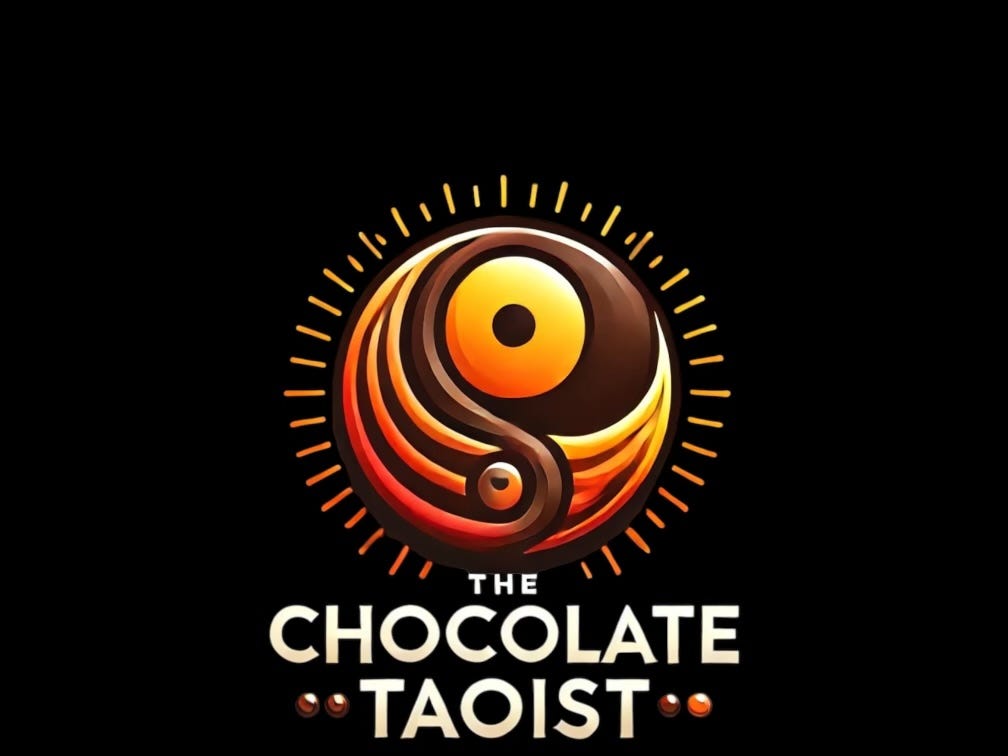It was an ordinary afternoon here in Fort Collins, the kind where time slows to a lazy stroll, and the world feels just a bit more indifferent to one’s existence.
I had decided to take my favorite seat at a coffeehouse to engage in a familiar ritual of staring out at people who aren’t staring back. That’s when an elderly gentleman who had finished standing in line for his drink approached me. He had the kind of look that makes you wonder if he’s about to tell you a profound truth or ask if you’ve seen his reading glasses.
As it turned out, he wanted to tell me something—a favorite quote, as he called it. His eyes twinkled as he leaned in, whispering as if revealing a secret handed down through the ages: “He who sees with his eyes is blind.” I paused, sipped my coffee, and blinked. A cryptic Socratic line, no doubt meant to convey a depth beyond the caffeine haze swirling in my brain.
He waited expectantly. There was a Socrates fan club meeting in the air, and I hadn’t gotten the memo. “That’s deep,” I said, nodding with the kind of reverence you offer someone handing you a gift you’re not quite sure how to unwrap.
But the quote stuck with me, marinated in my thoughts as the days passed. “He who sees with his eyes is blind.” What was Socrates really saying? And what was the significance of this encounter?
Peering Past the Surface: Taoist Musings
From a Taoist perspective, this quote reveals a truth that Lao Tzu would likely nod approvingly at, namely, that seeing with our eyes alone often leads us to believe in only the material world, in things as they seem.
As a result we become trapped in surface-level thinking, blind to the deeper currents flowing underneath life’s external appearances. The Tao, after all, is formless, elusive, beyond categorization.
A person who sees only with the eyes becomes attached to definitions, identities, and judgments, missing the subtle, ever-changing nature of existence.
Taoism invites us to let go of these attachments. Much like the Tao itself, wisdom moves in spaces unseen, unfelt by the senses, yet deeply known within.
This is the wisdom Socrates was hinting at, a sort of ziran or natural unfolding of life, unswayed by the noise of the physical world. If all we ever do is see with our eyes, we risk missing the dance of reality unfolding in mysterious, intangible ways.
I Ching’s Perspective: Hexagram 20 – Contemplation (Guan)
The I Ching might smile upon Socrates’ insight, especially when considering Hexagram 20, Contemplation (Guan). This hexagram advises that true understanding comes not from focusing on appearances but from observing with the inner eye.
It’s about seeing in the broadest sense—not just glancing at life’s details, but stepping back and viewing the bigger picture. When we see with more than our eyes, we gain perspective, clarity, and wisdom. The I Ching warns us not to get lost in the outward manifestation of things, but to consider what lies beneath. Only then can we truly “see.”
Five Breadcrumbs of Practical Insight
👁️ Practice the Art of Noticing
Take time to observe without rushing to label or judge. Notice the subtleties around you—the expressions on people’s faces, the rhythm of nature, the way the day quietly unfolds. Let yourself drift into the spaces between things, where the true meaning often hides.
👁️ Feel the Unseen Forces
Pay attention to your intuition. Seeing beyond the surface involves listening to that quiet voice inside that senses what logic or sight cannot. Trust it more often; it’s a compass guiding you through the fog of appearances.
👁️ Release Your Need for Certainty
We often look for concrete answers, tangible solutions, or visible results. Socrates and Taoism both encourage a release of that need. Practice embracing ambiguity. Know that sometimes, seeing clearly requires being comfortable with the unclear.
👁️ Question the Obvious
Like a modern-day Socrates, ask yourself: “What am I not seeing?” The obvious can be deceptive. What assumptions are you making based on appearances? What truths might lie hidden behind the obvious distractions?
👁️ Meditate on Impermanence
Engage with the Taoist practice of recognizing impermanence. Everything changes, even the things you think you see so clearly today. Seeing with wisdom means understanding that nothing remains static. Meditation can help you tap into this truth and remind you to let go of rigid views.
So, next time someone approaches you with a cryptic quote, smile. There’s always a little magic in the space where Socratic wisdom and Taoist insight meet. They’re telling you to see beyond what’s right in front of you. To see, not with your eyes, but with that inner knowing—the one that doesn’t get lost in appearances or blind you with certainty.
Maybe that’s what the old man really wanted to say, after all. That life isn’t so much about seeing as it is about perceiving, about letting go of what you think you know to embrace the unseen truths unfolding just beneath the surface.
I invite you to subscribe today as a member supporter. Or I’d be grateful if you’d tip me some coffeehouse love here. Your contributions are appreciated!
Every bit counts as I strive to deliver high quality feature articles into your inbox on a daily basis. Never any paywalls, just my raw thoughts that are open to everyone on what it means to be human.






A profound truth I feel we all need a frequent reminder of. The energy of this piece and your interaction with that man are electric! I was wondering throughout reading where energy fits into all of this. Maybe it was answered in the follow up question to the stranger’s question that you ask in this piece, “What am I not seeing?” And also the suggestion in the teachings of going with the flow of the day as a witness of how it unfolds. Thank you for this piece Diamond-Michael!
Thanks for this excellent reminder.